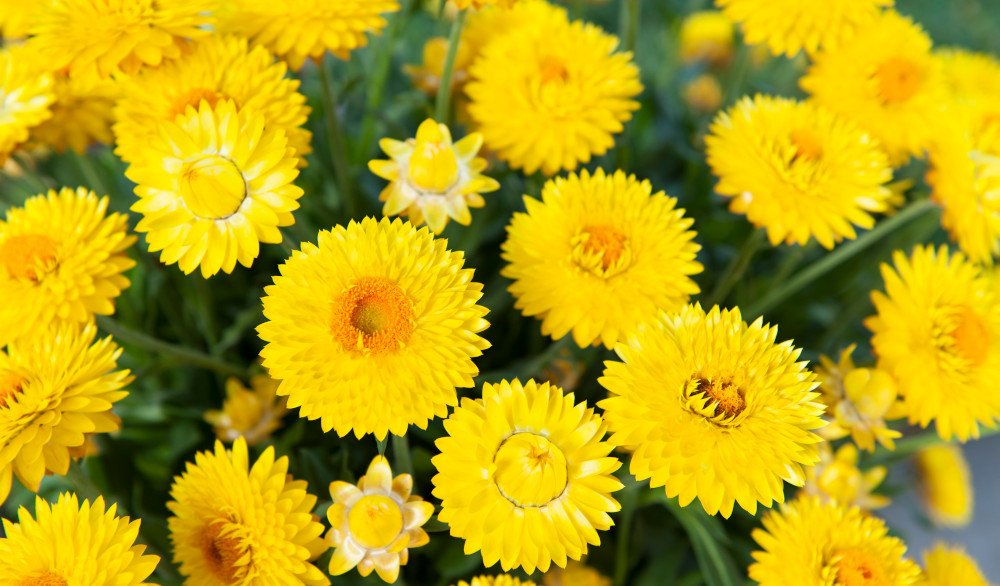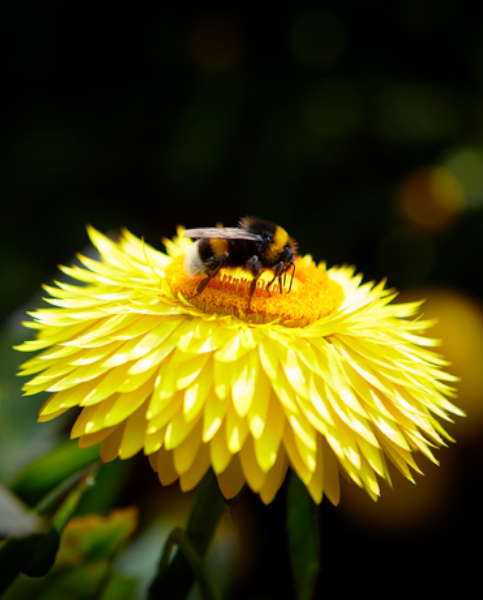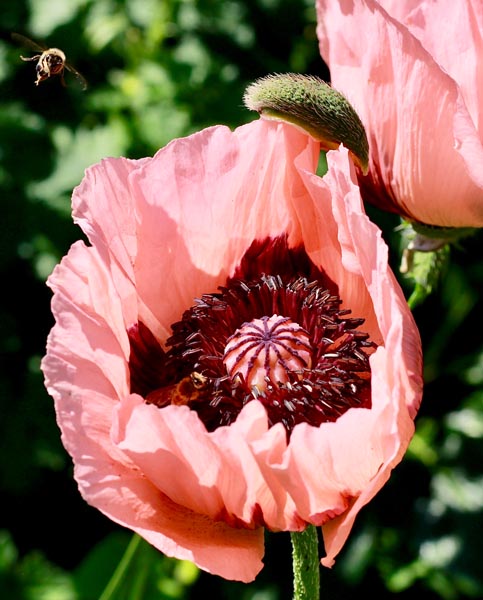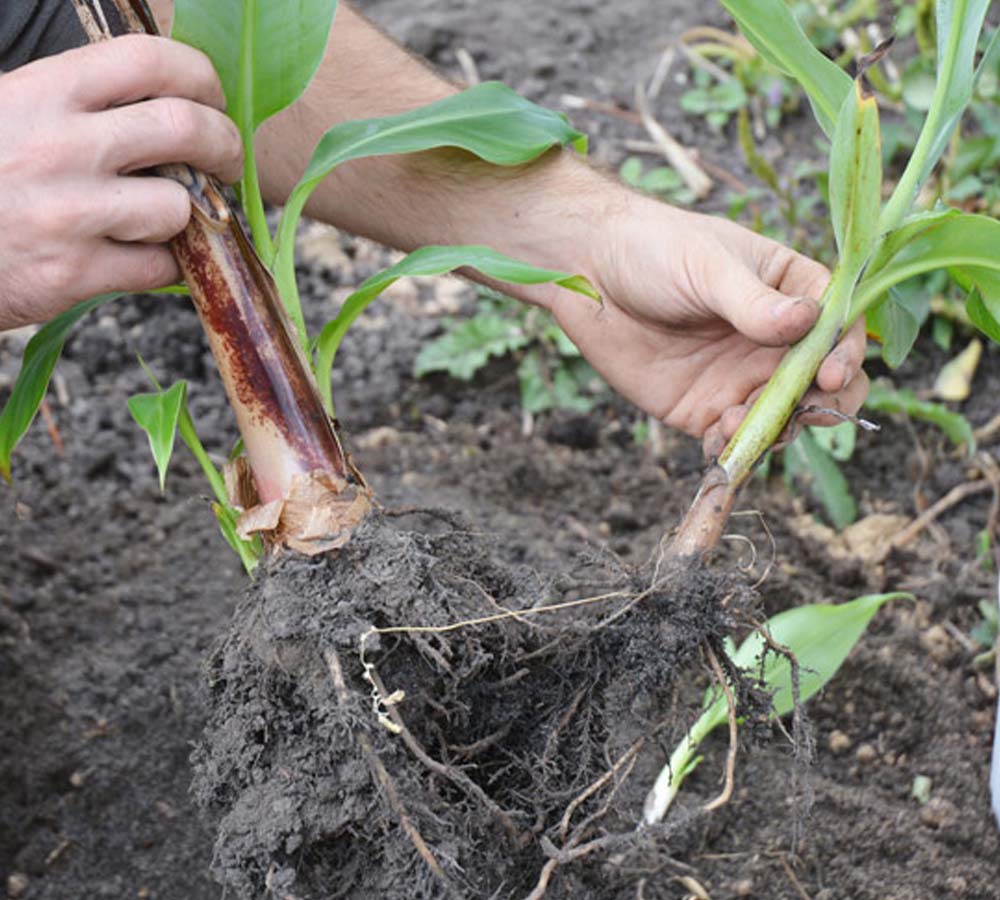How to grow Xerochrysum
Native to Australia, Xerochrysum - or Bracteantha - is a genus of flowering plants. Prior to the name Xerochrysum - defined in 1990 - the species names were created under Bracteantha and Helichrysum. As of 2014, there are twelve accepted species of Xerochrysum.
The most common form of Xerochrysum is Xerochrysum bracteatum which is also known as the Strawflower. Resembling daisies in flower, the petals of Xerochrysum are actually modified leaves - stiff and papery to the touch.
In the UK, Xerochrysums are grown as half-hardy annuals rather than perennials, but their flowers can be enjoyed for a long period each year. As well as Strawflower, Xerochrysum bracteatum is known as ‘Golden everlasting’ because of its long flowering nature and its captivating yellow flowers.
With foliage in the spring and summer, you can expect to see Xerochrysums’ flowers bloom in the summer and autumn months. Growing to 50cm in height and spread, Xerochrysums are perfect for flower beds, borders and containers - they can also make excellent cut flowers. The flowers of Xerochrysum are also rich in nectar, attracting bees and butterflies to gardens.
Ready to learn all there is to know about Xerochrysum? Read on for more...

Key Information
Soil pH
Position
Hardiness


Where & when to plant Xerochrysum
The best time to plant Xerochrysum is in the spring when the frost has passed. In a position of full sun, the stems from Xerochrysum are less likely to flop, so find a spot to plant your Xerochrysum with at least 6 hours of sun each day.
How to plant Xerochrysum
When growing Xerochrysum from a young plant, start by finding a position in your garden that benefits from plenty of daily sunlight.
Once you have found the right position, make sure that the soil drains well. If your soil does not drain well, you risk Xerochrysum being left in standing water which can lead to wilting and root rot. If your soil does not drain well, add sand or grit to create drainage.
Dig a hole that is twice as wide as the roots and is deep enough to cover them entirely. Add your root ball to the soil and backfill the hole with the soil removed. Tamp the soil around the plant and water well to settle in.
If you are planting multiple Xerochrysum or companion plants, leave 50cm of space between each to allow for spread.

What to plant with Xerochrysum
Pair Xerochrysum with companion plants that enjoy plenty of sunlight and have plenty of colours to complement the daisy-like white and yellow Xerochrysum. Zinnias are one such choice - hardy in nature and with flowers that create a vibrant and long-lasting display. Although Xerochrysum is grown as an annual, try pairing with summer-blooming perennials such as sun-loving Begonias and oriental Poppies for a truly eye-catching flower border.
Please contact our excellent Customer Care Team if you would like any help or planting tips for your Xerochrysum. Below are a few ideas to help get you started.


How to care for Xerochrysum
Pruning & Deadheading
You can deadhead Xerochrysum regularly during the flowering season to encourage longer blooms and more flowers to emerge. As a half-hardy annual, cut back Xerochrysum once the flowering season has ended.
Watering
A lover of well-draining soil, water Xerochrysum once or twice a week once established to keep it growing healthily. Xerochrysum is drought-tolerant for short periods, so you can afford to let the soil dry out slightly before watering again.
Cold Protection
As Xerochrysum are not frost-hardy, they are grown as annual plants so are not in need of cold protection.
Pests & Diseases
While mostly pest resistant, Xerochrysum can fall victim to common plant diseases such as downy mildew and root rot. You can spot downy mildew by looking for pale green, yellow and brown spots on the leaves of your Xerochrysum. If you spot signs of downy mildew, treat quickly. Root rot is caused by overwatering and leaving your Xerochrysum in standing water - this can be prevented by growing in well-draining soil from the start.
How to propagate Xerochrysum

The best way to propagate Xerochrysum is by seed - collect and pick the seeds this year for sowing in the following season. For the best results, start sowing seeds indoors about 6-8 weeks before the last frost.

Start by filling a small pot or seed tray with seedling compost and gently sprinkle the seeds on top of the soil before gently watering - you do not have to cover Xerochrysum seeds with soil. Ideally, each seed will have its own space to grow in, although we know this is not always possible when sprinkling seeds! Add a plastic or polythene bag over the pot or tray to create humidity. Keep away from sources of direct sunlight such as windowsills and find a position that is warm enough to prompt seeds to germinate. Water as needed to keep the soil moist.

Once the second set of leaves has grown in, prick out the seedlings by gently pulling them and place them into a bigger pot. When doing so, bury the first set of leaves under the soil. When the frost has passed in the following year, your Xerochrysum seeds should be ready for planting outdoors as young plants.
Common Xerochrysum Questions
When should I plant Xerochrysum?
Plant your Xeryochrysum in the summer once all risk of frost has passed and the soil is warmer. Keep an eye on your garden to find the perfect position for your plant that benefits from full sun - planting in partial shade or full shade may restrict growth for Xerochrysum.
Is Xerochrysum poisonous?
The sap of Xerochrysum is toxic, so it is best to keep yourself and any pets away from Xerochrysum where possible.
Is Xerochrysum native to Australia?
Yes, Xerochrysum is a genus native to Australia. However, is grown successfully across the world, including in UK gardens.




